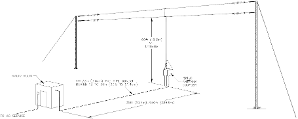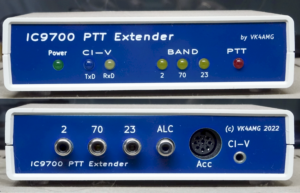Reforms to the Malaysian licence system
The Malaysian Amateur Radio Society (MARTS) has advised that the Amateur Radio certification review was showing some positive future changes in that country. In the new structure there would be three classes of licence, namely Class A that give 1-kilowatts on all bands with upgraded privileges, Class B has most HF bands at 50-watts, and the new entry level Class C gives access to 2m 6m and 70cm.
The Morse code proficiency tests of 12-word per minutes that currently apply to the Class A or top licence, will be removed.
In other news, the minimum age to obtain the Class A will be 15 years, with Class B the middle class licence at 15, and Class C will be at 12 years.
When these changes will take effect is not known, but will follow the normal drafting process for all new rules.
The tiny principality of Andorra in southwest Europe, all of 468 sq. km, has returned access to 60m for the micronation’s amateurs, granted them more power on 6m and added a 200 kHz-wide band 70 MHz for them.
Andorra’s amateurs had limited access to the 5 MHz band up to December 2015, when it was withdrawn following WRC-15. Now, the Andorran government has resolved to provide temporary access to the new WRC15 allocation of 5351.5 – 5366.5 kHz, with a maximum power of 15 watts EIRP; CW and USB is permitted, with a maximum bandwidth of 5 kHz. Permission is temporary until 31 December 2016, then permanent from 1 January 2017.
Meanwhile, permitted power on 6m has been raised to 600 watts.
The cherry on top is the new allocation of 70.0 to 70.2 MHz, which appears to be on a secondary basis (no interference), with permitted power limited to 10 watts, all modes allowed, and users must stick to the IARU Region 1 bandplan for 4m.
We have a plan in the pipeline with the AMCA via WIA and we wait and we wait.


